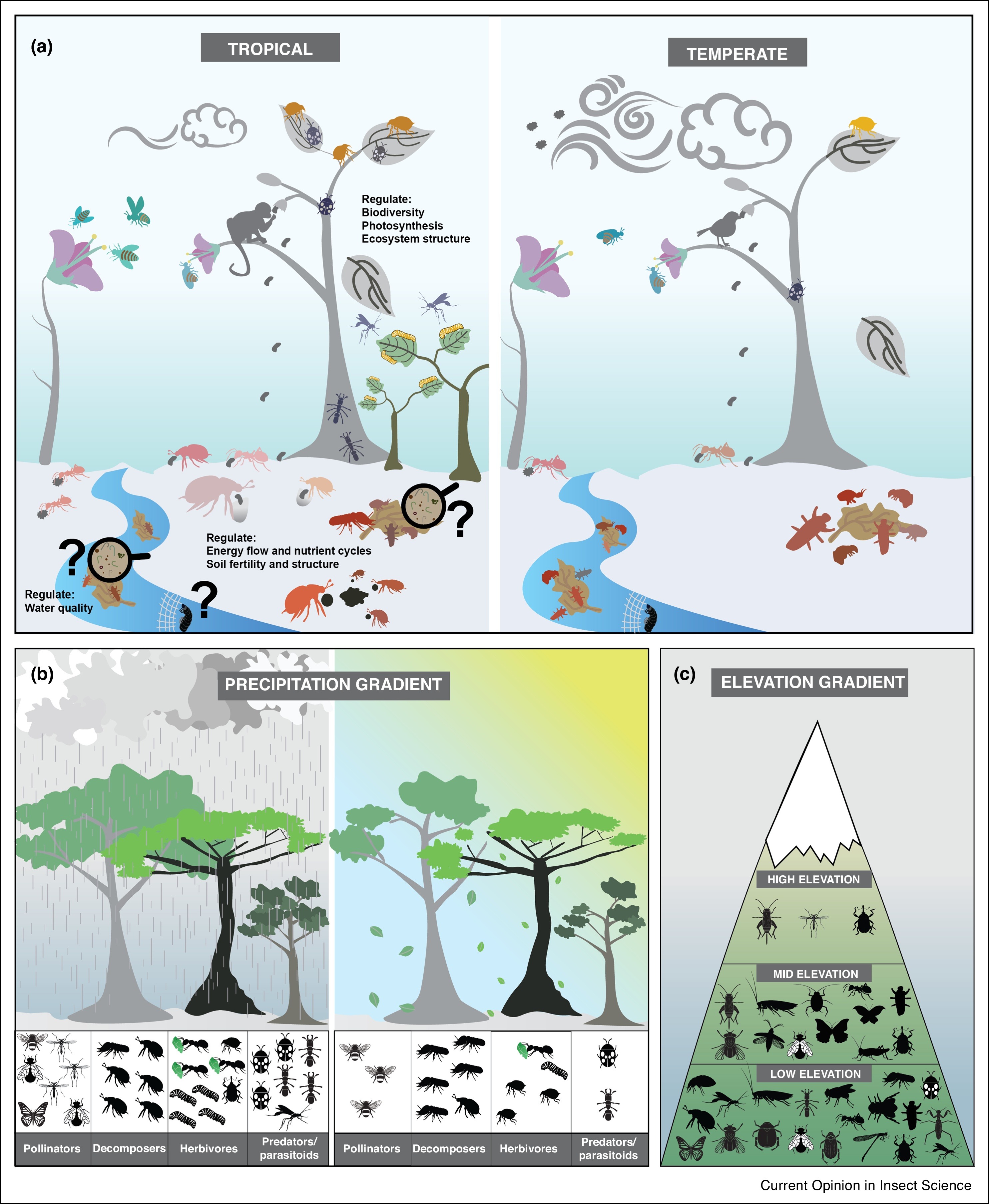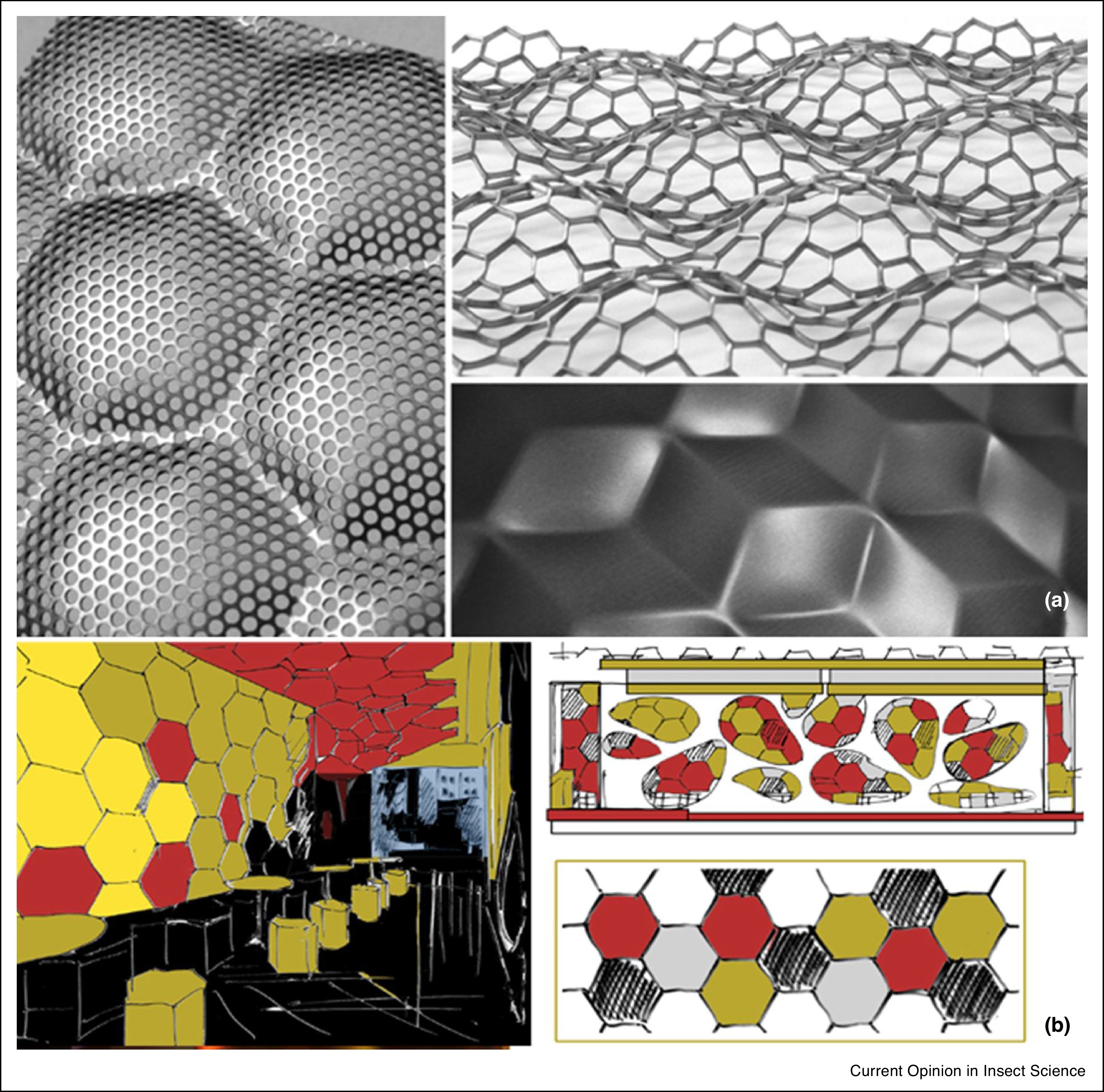Current Opinion in Insect Science, Volume 40, August 2020
Insects such as the black soldier fly (BSF) are a nutritious feed component for livestock with high protein levels. BSF can be reared on a wide range of organic residual streams. This allows for local production within a circular agriculture, decoupling livestock production from import of expensive feed components, such as fishmeal or soymeal. Rearing of BSF can be done by smallholder farmers, thus contributing to their livelihood, economic sustainability and social status. Smallholder farmers contribute importantly to food security, which is a prerequisite for a stable society.
Current Opinion in Insect Science, Volume 40, August 2020
Materials, structures, surfaces and buildings of insects are of a great scientific interest, but such basic knowledge about the functional principles of these structures is also highly relevant for technical applications, especially in architecture. Some of the greatest challenges for today's architecture are multifunctionality, energy saving and sustainability — problems that insects have partially solved during their evolution. Entomologists have collected a huge amount of information about the structure and function of such living constructions and surfaces.




